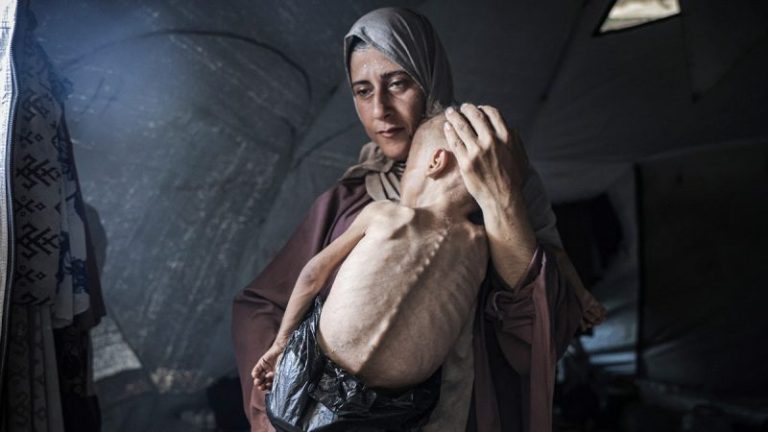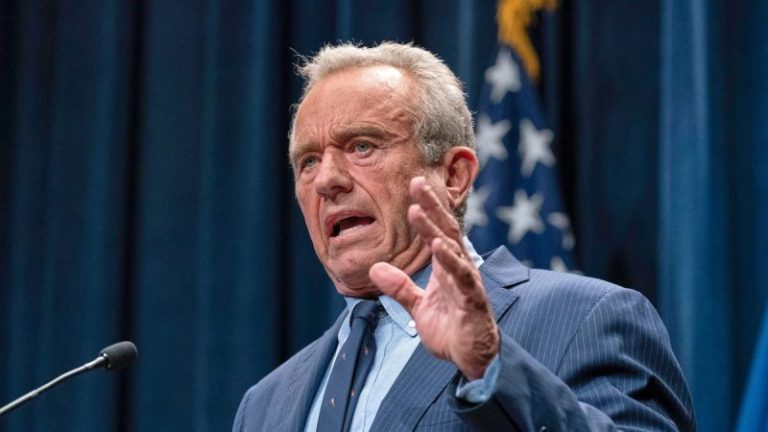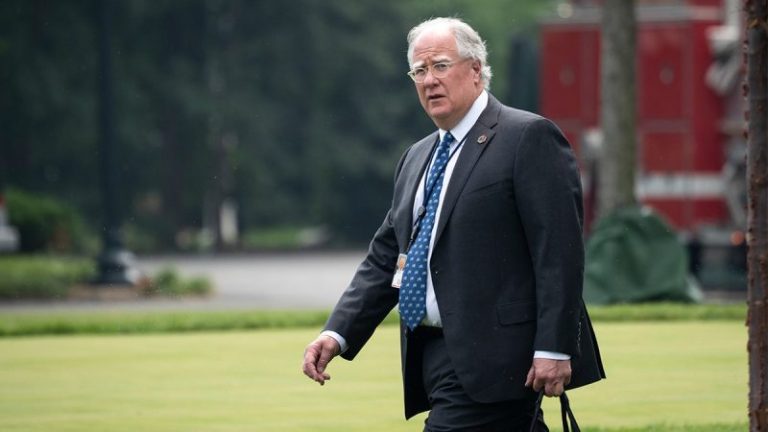The typical time that broadcast networks report on the advertising world is just before Super Bowl Sunday, to give viewers an advance peek at what companies will be shelling out millions to display. The clothing company American Eagle just scored a marketing coup with ad with White actress Sydney Sweeney making a sly joke about her ‘genes’ and her jeans.
‘Genes are passed down from parents to offspring, often determining traits like hair color, personality, and even eye color,’ cooed the actress. ‘My jeans are blue.’ This quickly spurred outrage from purple-haired TikTokers and leftist websites complaining about ‘centering Whiteness’ and ‘fascist propaganda.’
On Tuesday, July 29, ABC’s ‘Good Morning America First Look’ was already employing the word ‘backlash.’ Anchor Rhiannon Ally began: ‘Time to check the pulse, we begin with the backlash over a new ad campaign featuring actress Sydney Sweeney.’ Co-anchor Andrew Dymburt added ‘in one ad, the blonde-haired, blue-eyed actress talks about genes as in DNA being passed down from her parents.’
Then Ally lowered the boom: ‘The play on words is being compared to Nazi propaganda with racial undertones.’ Robin Landa, a professor of advertising at Kean University in New Jersey, brought the leftist theme: ‘The pun ‘good genes’ activates a troubling historical association for this country. The American Eugenics Movement and its prime between 1900 and 1940 weaponized the idea of good genes just to justify White supremacism.’
In other interviews, Landa took the eugenics thing to its illogical conclusion, that one could suspect the American Eagle company was not just promoting ‘White genetic superiority,’ but a movement that ‘enabled the forced sterilization of marginalized groups.’ Most people just saw them selling their jeans as sexy.
At least Dymburt suggested the backlash wasn’t economic: ‘Despite that backlash, American Eagle stock has been soaring.’
But was there any serious ‘backlash’ beyond the Left? TMZ.com cited anonymous sources inside American Eagle claiming ‘the ad campaign is creating tremendous buzz and their independent polling shows the vast majority of folks — around 70% — find the commercial appealing.’
On the CBS News streaming channel, business reporter Jo Ling Kent relayed ‘American Eagle’s new ad campaign, featuring actress Sydney Sweeney, is coming under fire for what was supposed to be a clever play on words.’ It couldn’t be ‘clever’?
Did this company know and expect that purple-haired leftists would cry Nazi and that would lead to an avalanche of social-media impressions and debates? It’s hard to argue they stumbled into this, not knowing what a blonde, White actress using wordplay about ‘genes’ could cause.
On NPR’s ‘Morning Edition’ on Wednesday, co-host Steve Inskeep discussed the Sweeney ads with Metaforce marketing guru Allen Adamson. Inskeep explained ‘There was some social media commentary. ‘Oh, there’s something racist about this.’ And I get that, I understand people raising that. But I think there’s also something real here — isn’t it? — in that advertisers do think about the race and ethnicity, the look of the people they choose to pitch their products to us.’
Adamson claimed: ‘For years, the tide was flowing in a different direction. There was a pressure on advertisers to diversify, to show people in ads that usually were not shown in ads because that was unusual. All the ads had a sort of ‘Leave It to Beaver’ old-fashioned look.’
The ‘Beaver’ line is overdoing it, but advertisers after the George Floyd riots absolutely worked hard to diversify the actors in their ads. It’s not offensively ‘woke’ to have minorities of all kinds selling you Eggo waffles or McDonald’s burgers. That’s all still too capitalist for the left-wingers. But having a White actress joke about race clearly grabbed attention.
On the CBS News streaming channel, business reporter Jo Ling Kent relayed ‘American Eagle’s new ad campaign, featuring actress Sydney Sweeney, is coming under fire for what was supposed to be a clever play on words.’ It couldn’t be ‘clever’?
The NPR anchor suggested Trump was part of the formula: ‘So if people were going for diversity in past years, are advertisers going for some other look now that the politics of the country are a little different?’ Adamson said yes, because ‘advertising needs to disrupt the norm.’
On Wednesday night’s ‘Late Show’ on CBS, Stephen Colbert actually hinted that the leftist backlash was a little strident. ‘Some people look at this and they’re seeing something sinister, saying that the genes-jeans denim wordplay in an ad featuring a White blond woman means American Eagle could be promoting eugenics, White supremacy and Nazi propaganda. That might be a bit of an overreaction — although Hitler did briefly model for Mein Kampfort Fit Jeans.’ Colbert added: ‘How do you say ‘badonk’ in German?’
The broadcast networks didn’t launch too heavily into this ad campaign, perhaps suspicious of being part of a sneaky advertising plot, as Brian Stelter tried to call it a ‘nontroversy.’ Sometimes, an ad for jeans is all about selling jeans.










